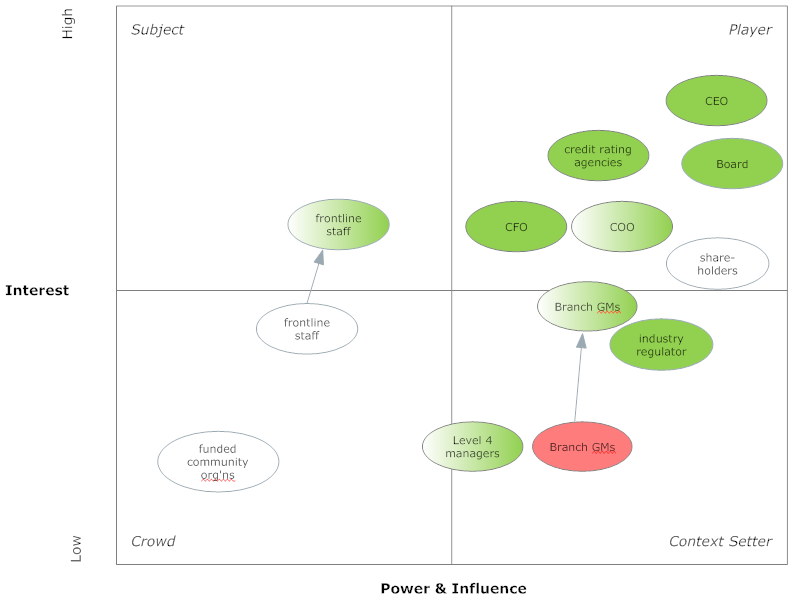MANAGER'S QUICK-START GUIDE
I'm quite fond of the quick-start guides you get when you buy a new computer or appliance. You know the ones I mean: the little booklet or sheet that comes with your new DVD player showing how to set it up and start using it, bypassing the minutiae of how to record seven programs simultaneously in four different time zones while changing the subtitle language, adjusting the variable bit rate and dubbing multiple titles. The quick-start guide really is a god-send saving us from over-zealous product engineers.
In the same vein of applied simplicity, it occurred to me that there should be a quick-start guide for managers.
So, whether you're new to your management position, or a seasoned professional looking to refresh management practice in your patch, here's a quick-start diagnostic to help you on your way.
The Quick-Start Diagnostic
Rather than telling you what to do in an instructional manner, this quick-start is a diagnostic consisting of nine questions, the answers to which will orient you immediately to your strategic environment.
Here it is:
Manager’s Quick-Start Guide
1. What are you trying to accomplish? What impact are you trying to make?
2. What constitutes a win?
3. Where are you vulnerable?
4. What are the three things most at risk of blowing up in your face in the next 6 to 12 months?
5. Who are your three most important supporters?
6. What do these supporters expect of you?
7. Who are your three most influential detractors?
8. Where are your detractors most vulnerable?
9. Can you convert these detractors into supporters? If not, how can you neutralise or marginalise them?
Scheming for Strategic Success
Does this seem a tad calculating? Analyses such as this only do in a structured fashion what many of us do in an informal and unstructured way. If the greater part of management life entails dealing with supporters and detractors effectively (and I contend that it does), doesn't it make sense to deal with that reality in a deliberate and programmed way?
Additionally, as John Bryson notes in a public and not-for-profit sector context, the knowledge gained from doing these kinds of analyses can be used to help advance the interests of the relatively powerless.
The Pathway to Answers
As many of you who have participated in my workshops or learning sessions know, the value of these kinds of exercises is not only in the answers they yield, but in the process by which those answers are derived: simply getting the relevant players around the table discussing key strategic issues opens up hitherto hidden useful facts.
For example, in a strategy workshop I facilitated recently, we plotted stakeholders on a power versus interest grid and identified supporters and detractors. (A sample power-interest grid is shown below; click here to read more about them).

The senior manager present thought a particular stakeholder was an influential detractor. However when discussing this with other members of staff, it emerged they hadn’t heard of this particular stakeholder, so the senior manager was able to calibrate her sense of this person’s actual degree of influence (at the same time being reassured that it was less than she had otherwise thought!).
Another difference with the standard quick-start is that once your DVD player is up and running, you’re finished with the quick-start. The management quick-start, on the other hand, can be picked up and re-used as a situation requires: you could do a lot worse in a challenging situation than to ask “Exactly what impact are we trying to make?” “Where are we vulnerable?” etc. I recommend also that the management quick-start be applied at regular intervals (at least quarterly).
Good luck applying the quick-start: as a tool you can pick up and use by yourself or with others, it will help you quickly get your bearings and deal effectively with the complexity of the management task.
Regards,
Michael Carman
Director I Michael Carman Consulting
PO Box 686, Petersham NSW 2049 I M: 0414 383 374
© Michael Carman 2014
